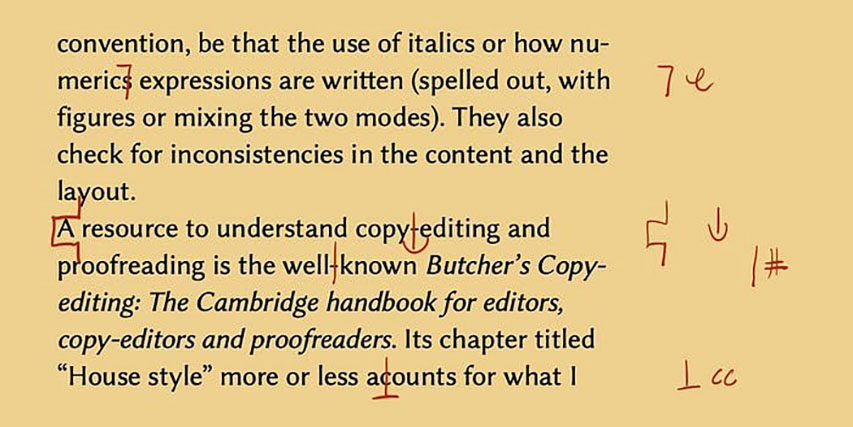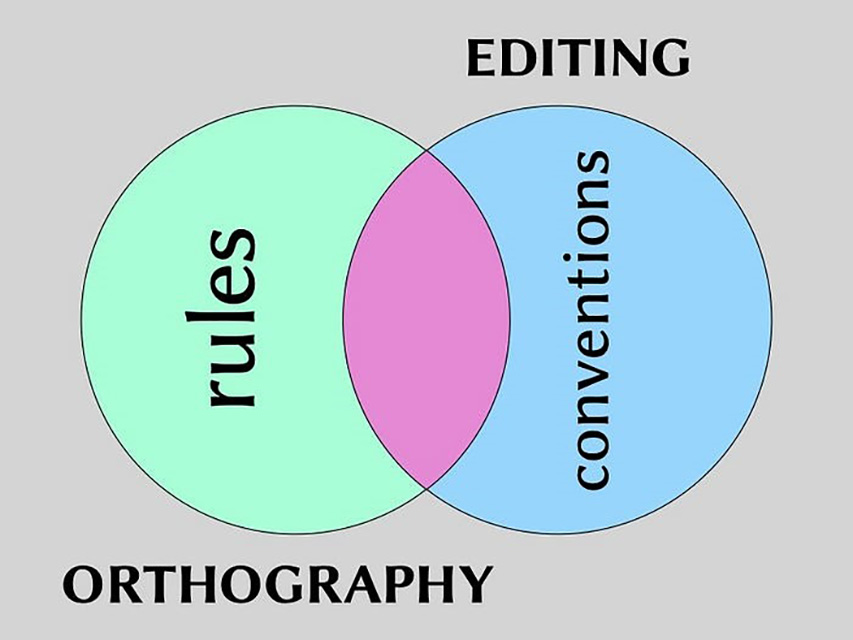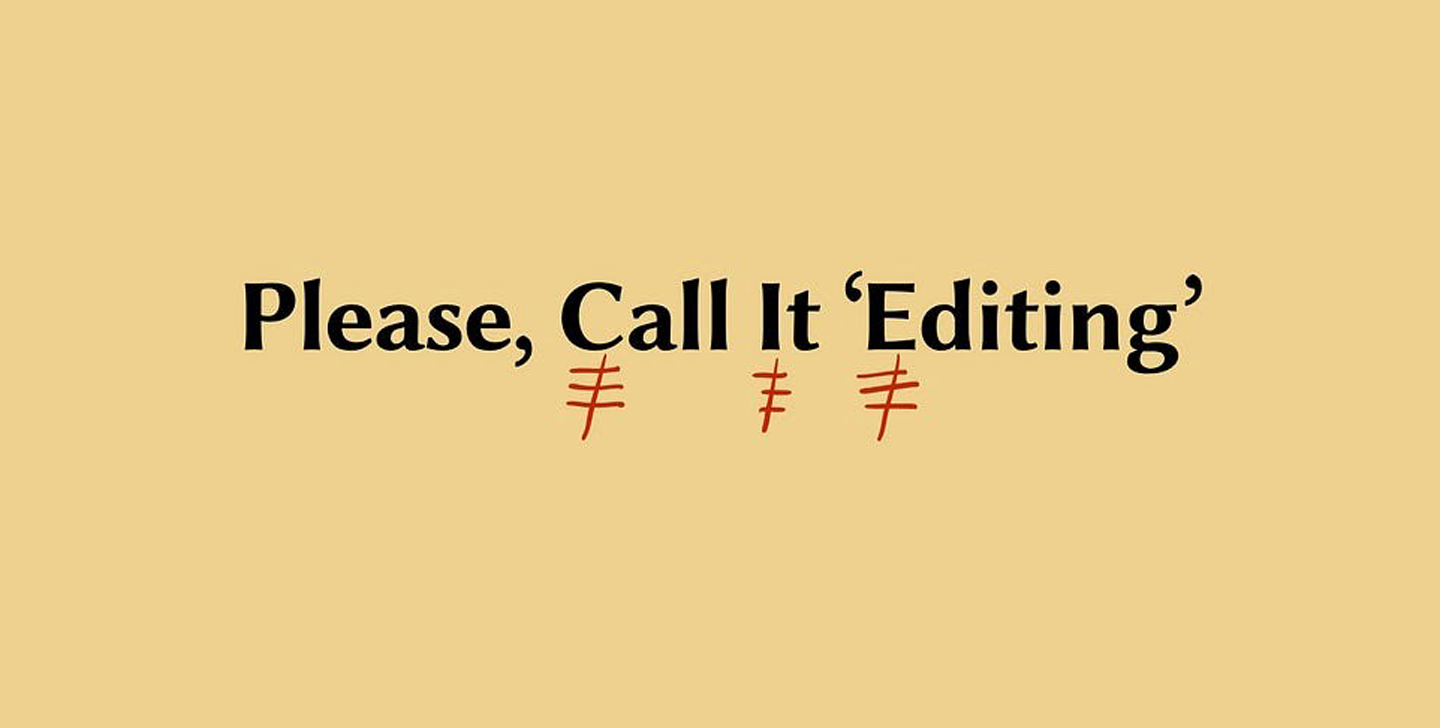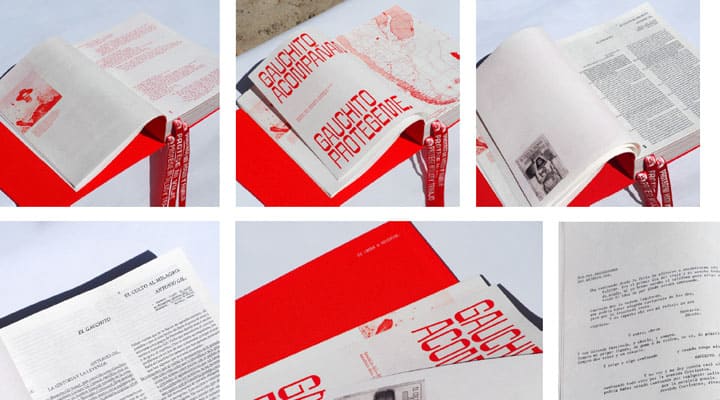A professional task
Professionally speaking, editing is what copyeditors and proofreaders do. That means going over texts not only in terms of spelling, grammar and terminology, but aiming as well for consistency in every typographic convention, be that the use of italics or how numeric expressions are written (spelled out, with figures or mixing the two modes). They also check for inconsistencies in the content and the layout.
A resource to understand copyediting and proofreading is the well known Butcher’s Copyediting: The Cambridge handbook for editors, copy-editors and proofreaders. Its chapter “House style” accounts more or less for what I mean by editing. However, in other referential books, such as Oxford’s New Hart’s rules and Chicago University Press’ Chicago Manual of style, the same content is presented alongside elements of spelling and grammar. I try to clarify my take on editing in the following lines.

The matter itself
Editing conventions and practices are what in Spanish and Catalan is called ortotipografía (ES) and ortotipografia (CA). One professor is responsible for putting the term across in these two communities, even though it was not entirely new. That was Josep M. Pujol, co-authored in 1995 the Catalan book Ortotipografia. The idea for the title came from a sixteenth-century book by Hieronymus Hornschuch, Orthotypographia. Since its coming out, Pujol’s book has been seen amongst us Catalans (alongside another style guide also published in 1995) very much what the previously mentioned books are for authors and professionals in the English-speaking world.
Before diving in the fundamental nature of editing, let us see what it consists of. The most important groups of conventions can be enumerated as follows:
- Italics, bold, small caps and quotes
- Uppercase and lowercase
- Figures and numeric expressions
- Punctuation
- Abbreviations, initialisms and acronyms
- Symbols
- Quotations and direct speech
- Bibliographies and other lists of references
- End-of-line partitions and agglutinations
In editing there are specializations, areas in which specific groups of conventions are of use: theatre and scripts, legal texts, scientific and technical works… The most prominent style guides available cannot properly tackle extensively the needs of such texts, but they at least introduce the most important considerations to have in mind when working on them.
Definition and a bit of theory
Now that we have an account of what editing is about, we can define it and reflect on its conceptual foundation. According to Pujol’s teachings, the definition of ortotipografia consists of three elements: (1) It is a set of conventions and practices, (2) characteristic of typographic texts, and (3) which are created and consolidated in a linguistic community. I support enhancing such postulate with two more components, which can also be traced in Pujol’s works: (4) The set of conventions and practices are chosen by authors to shape their texts (or, in a surrogate manner, by editors who assist them in the publication process), and (5) they beef up the text with its huge potential of precision, detail and nuance.
Emerging from that definition, I see some fundamental differences between editing and orthography (here, synonym of spelling). As for orthography, the following assumptions can be drawn:
- It applies to all kinds of writing (by hand, 3D-printed or any other form imaginable).
- It is paradigmatic, supratextual, it precedes all texts.
- It consists of rules, which create a binary condition of correct/incorrect.
- It is prescribed by institutions entitled to do so.
- It is ratified (or reformed) in a specific moment in time.
Each of these assumptions can be contrasted with an editing counterpart:
- It applies only to typographic texts.
- It is concrete, textual, instantiated in real texts.
- It consists of conventions and practices.
- It emerges from the work of authors and publishers.
- Its conventions and practices are born and consolidate themselves all along the tradition of publishing.
Obviously, any theoretical statement needs to be proven in reality. I admit that one cannot naïvely propose a view of editing and orthography as two entities entirely separated. There has to be some area of intersection between them. From now, let us agree that they are of different nature.

Work to do
Studying the communicative power of editing and its theoretical basis will result in a better training of future professionals of the written text. As an assignment to myself, I see a couple of topics worth discussing. The meanings of editing in English and ortotipografía/ortotipografia in Catalan and Spanish, do they really match? Secondly, what is the place of editing in the theory of typography? If you find typography stimulating, I believe the ideas I have just exposed and these last questions will be enticing to you.








